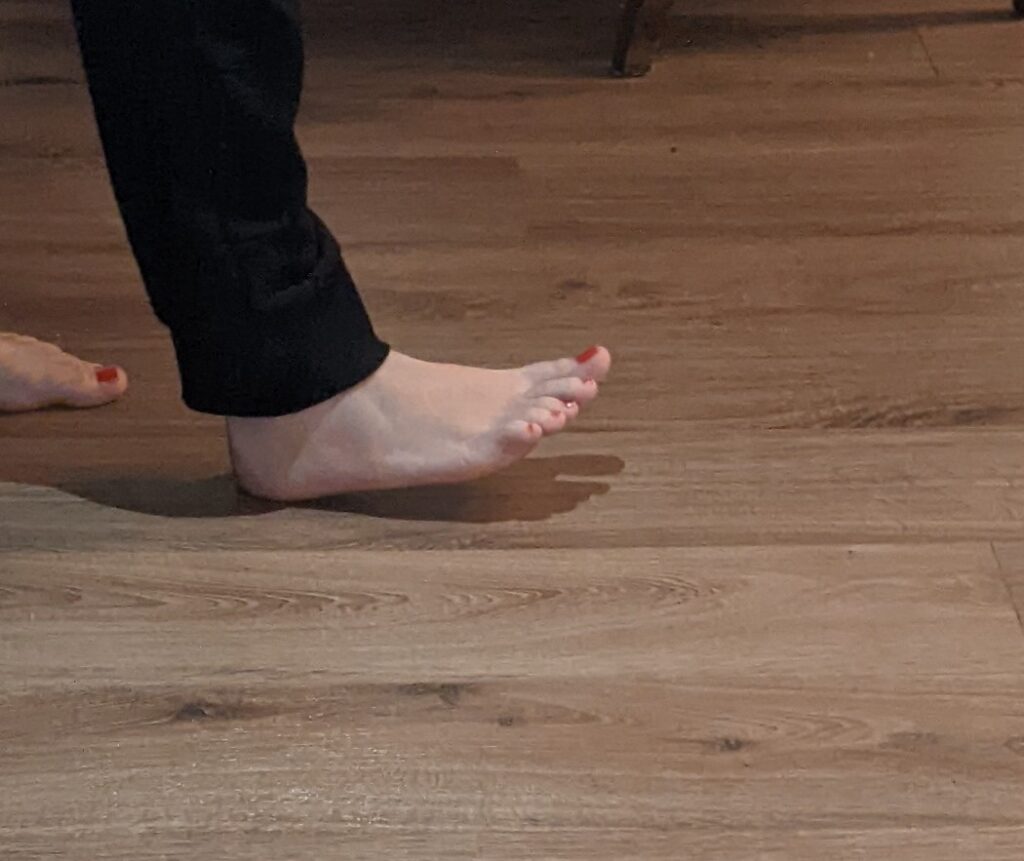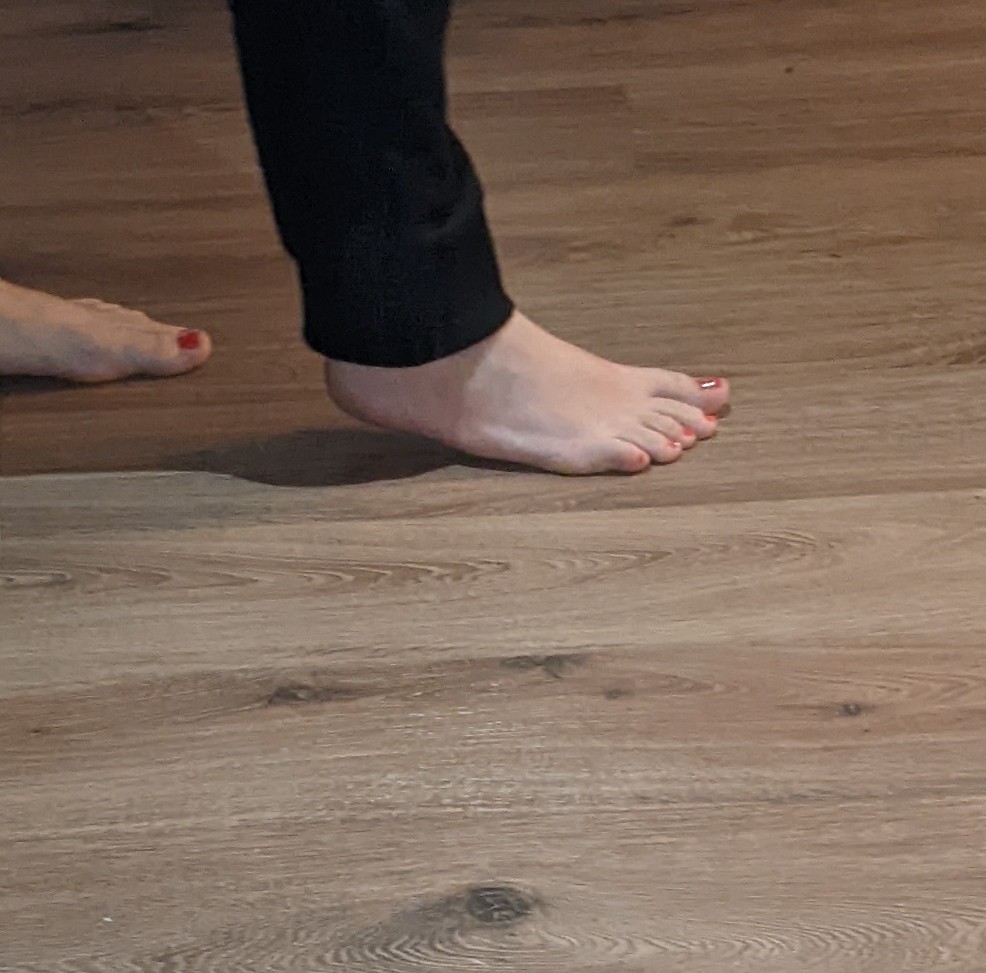As you start with barefoot lifestyle, you need to learn to walk again… do you agree? Well, I didn’t at the beginning of my journey and now I do! Let me tell you why…
Harvard professor Daniel Lieberman explains this much better than I can, but let me try. Conventional shoes have very cushy sole or heel and they make it very easy to land on the heel. When you land on your heel, your body comes to a dead stop. This impact is absorbed by your cushy sole or the heel and you don’t really feel the impact.

But when you take the shoes off or change them for barefoot shoes, you feel the impact almost immediately.
Striking the heel first and then bringing the rest of the foot into play in barefoot shoes or completely barefoot means most of the energy hits your heel and your body feels like being hit with a hammer about two to three times your body weight – not pleasant at all.
Experienced barefoot runners run differently. They hit the ground with the forefoot, not at an angle, but almost horizontally. The foot hits the ground approximately in the area under the heads of the fourth and fifth metatarsal and then they bring the heel down. This means that the foot does not come to a dead stop.

Smaller steps and hitting the ground more horizontally means that barefoot runners / walkers can actually convert the energy that would otherwise be a dead stop to rotational energy, resulting in much smaller impact on your feet, knees, etc.
Switching from conventional shoes to barefoot shoes or going completely barefoot without changing your gait will most likely result in hitting the ground with your heels and then shortly after you will experience pain. This pain usually comes after you complete your walk, standing, etc… usually at the end of the day. This is why many people that start transitioning will give up or complain of pain without knowing what to do. You need to shorten your steps and hit the ground with your forefoot, rather than your heel. The deadstop described above with running is the same with walking – less pronounced, but still there. Every step is a dead stop that you feel in your heel, shins, knees, hips, back and even neck.
If you watch children run, before they start walking in conventional shoes, you will see that they hit the ground with the balls of their feet. This is how we were designed to run. This is how humans ran for hundreds of years, until we discovered heeled shoes. Running in conventional shoes makes us make bigger steps and some of the impact being absorbed by the shoe, the rest by our knees. Barefoot running / walking with smaller steps and hitting the ground more horizontally, makes the impact more of a rotational energy absorbed by the foot arch and our calf muscles, not impacting our knees.
Walking or running in barefoot shoes allows your feet to feel the ground, more flexibly, as the foot was designed to do… with conventional shoes, foot stops doing that… as Ido Portal says, “high tech shoes, low tech feet”.